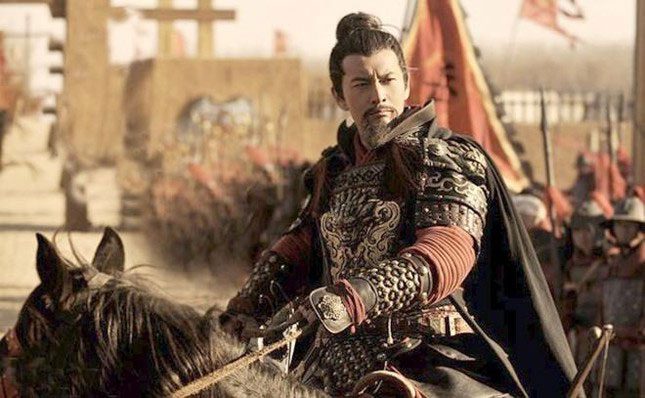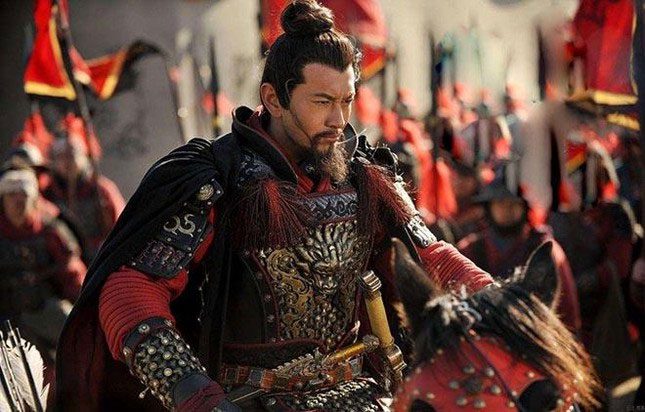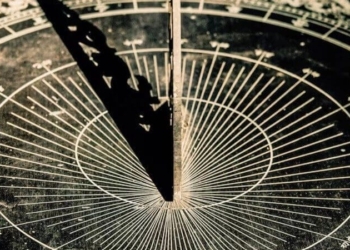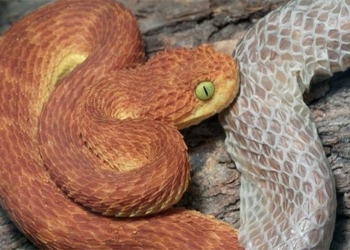Many people wonder why military generals, who frequently engage in high-intensity training on the battlefield and fight year-round, still have large, soft bellies, not the toned six-pack abs often depicted in movies.
To compete for land, wealth, and power, ancient nations often waged wars, creating many significant military leaders throughout history. Interestingly, when looking at the portraits of these generals, one can observe that they almost all share a common trait: a large belly, akin to what we now refer to as a “beer belly.”
In ancient times, this type of large belly was referred to as a “general’s belly.” (Illustrative image).
This characteristic starkly contrasts with popular perceptions, as most would think that a general who regularly trains on the battlefield and engages in combat would not have a protruding belly. So, why is this intriguing phenomenon observed? Historians have provided some explanations.
According to historians, in ancient times, this large belly was not referred to as a beer belly, but rather as a “general’s belly,” symbolizing strong and powerful combat capability. This belly did not result from laziness or gluttony but was a necessity for military leaders who had to frequently go into battle. Their physique had to meet certain requirements; otherwise, they would need the strength and bulk to endure the rigors of warfare.

Military leaders had to frequently go into battle, and their physique had to meet specific conditions. (Illustrative image).
A robust and large body could provide them with greater strength, enabling them to carry and wield heavy weapons such as sabers, maces, and spears. In close combat, these generals would demonstrate their true strength. Particularly, in an era of primitive weaponry, physical superiority often determined the outcome of battles.
Moreover, generals on the battlefield not only needed to be skilled fighters but also required physical robustness. Warfare often could not be timed; particularly in protracted conflicts, prolonged engagements would lead to food shortages. Marching long distances was commonplace, and even though generals rode horses, it remained a significant challenge for both commanders and soldiers.
Wearing armor and heavy equipment while carrying substantial amounts of weapons and provisions, without a large reserve of body fat as an energy source, it would be impossible to sustain oneself. Thus, being large and somewhat overweight was an ideal trait for ancient generals, as these characteristics represented strength and practicality during combat.
On the other hand, the belly is one of the vulnerable points for soldiers on the battlefield; therefore, a thick layer of fat from a beer belly could help reduce the impact of damage from arrows and blades to a certain extent.

The thick layer of fat from a beer belly helps reduce the impact of arrows to a certain extent. (Illustrative image).
However, not every general possesses a “general’s belly.” It was merely the perception of ancient people that a large belly could enhance a military leader’s valor and might, giving them a dignified appearance that instilled fear and respect. Consequently, “the general’s belly” has become a characteristic image of military leaders, immortalized by artists throughout the ages.




















































